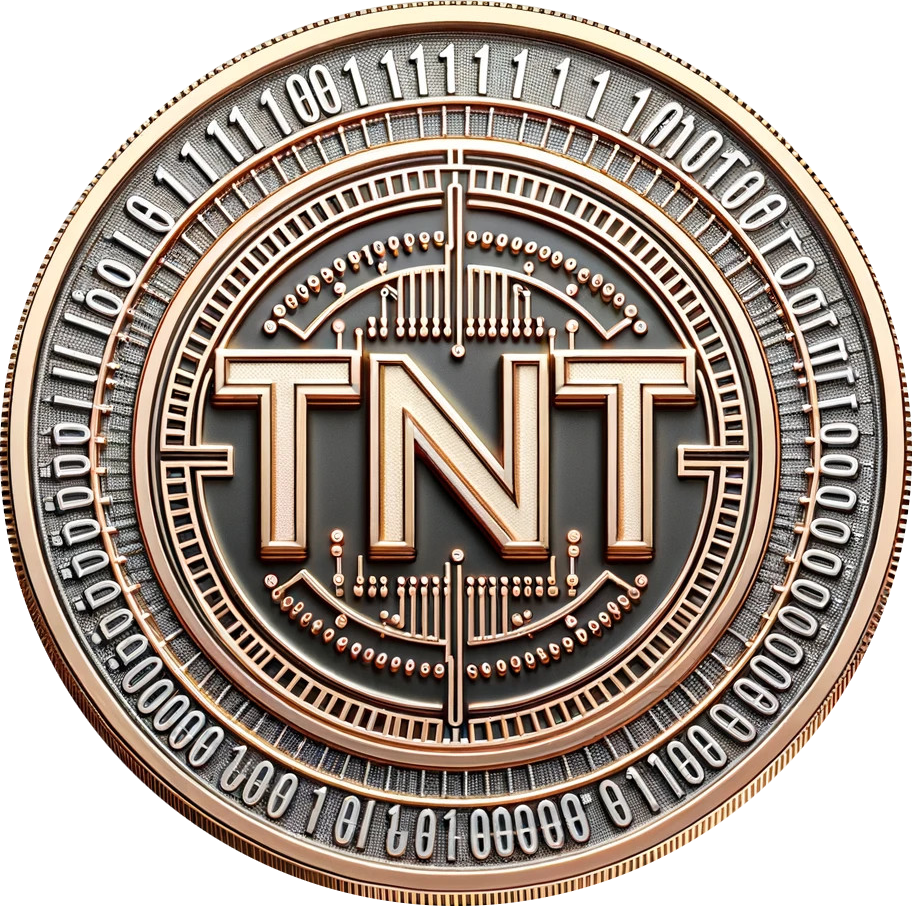
ERC-20:
Functionality: ERC-20 is the most widely used standard for creating fungible tokens on the Ethereum blockchain. It defines a set of functions that all fungible tokens must implement, ensuring compatibility across the Ethereum ecosystem. These functions include transfer, approve, and allowance, which facilitate the movement of tokens between addresses and the approval of third parties to spend tokens on behalf of the owner.
Use Cases: Voting tokens, staking tokens, virtual currencies.
https://eips.ethereum.org/EIPS/eip-20
https://ethereum.org/en/developers/docs/standards/tokens/erc-20/
ERC-721:
Functionality: ERC-721 defines a standard for non-fungible tokens (NFTs), which are unique and cannot be exchanged on a one-to-one basis like ERC-20 tokens. Each ERC-721 token has a unique identifier and can have associated metadata, making it ideal for representing ownership of unique items.
Use Cases: Digital art, collectibles, in-game items, real estate.
https://eips.ethereum.org/EIPS/eip-721
https://ethereum.org/en/developers/docs/standards/tokens/erc-721/
ERC-777:
Functionality: ERC-777 improves upon ERC-20 by introducing advanced features such as operator roles and hooks. Operators can manage tokens on behalf of the owner, and hooks allow for customizable token behavior on transactions. This reduces friction in transactions and adds flexibility.
Use Cases: Enhanced token interactions, improved transaction efficiency. Action event sequences.
https://eips.ethereum.org/EIPS/eip-777
https://www.gemini.com/cryptopedia/erc-777-token-standard
ERC-1155:
Functionality: ERC-1155 is a multi-token standard that supports both fungible and non-fungible tokens within a single contract. It allows for more efficient batch transfers and interactions, reducing gas costs and complexity.
Use Cases: Gaming items, collectibles, utility tokens.
https://eips.ethereum.org/EIPS/eip-1155
https://ethereum.org/en/developers/docs/standards/tokens/erc-1155/
ERC-4626:
Functionality: ERC-4626 standardizes the interface for yield-bearing vaults. It aims to optimize and unify technical parameters across different vaults, making it easier for developers to create and integrate yield-bearing tokens.
Use Cases: Yield farming, DeFi protocols.
https://eips.ethereum.org/EIPS/eip-4626
https://ethereum.org/en/developers/docs/standards/tokens/erc-4626/
Other Notable ERC Standards
ERC-1:
Functionality: Defines the ERC process and guidelines for submitting proposals. It sets the framework for creating and standardizing new features within the Ethereum ecosystem.
https://eips.ethereum.org/EIPS/eip-1
ERC-223:
Functionality: Addresses the issue of lost tokens by proposing a token fallback mechanism. This ensures that tokens sent to contracts that do not support them are not permanently lost.
https://eips.ethereum.org/EIPS/eip-223
https://www.gemini.com/cryptopedia/erc-223-token-standard
ERC-621:
Functionality: Extends ERC-20 by allowing modification of the total token supply. It introduces functions for increasing and decreasing the token supply, managed by the contract owner or trusted users.
https://eips.ethereum.org/EIPS/eip-621
https://101blockchains.com/erc-token-standards/
ERC-827:
Functionality: Enhances ERC-20 by enabling token transfers with additional data. This allows for more complex transactions, such as approvals and function calls, in a single transaction.
https://eips.ethereum.org/EIPS/eip-827
https://coincentral.com/erc-token-standards/
ERC-1400:
Functionality: A framework for security tokens, which includes standards like ERC-1410 for partially fungible tokens and ERC-1594 for core security token functionality. It addresses compliance and regulatory requirements for security tokens.
https://eips.ethereum.org/EIPS/eip-1400
https://www.gemini.com/cryptopedia/erc-1400-token-standard Advanced and Specialized Standards
ERC-725:
Functionality: Standard for identity management, allowing users to create self-sovereign identities that can be verified and managed on the blockchain.
https://eips.ethereum.org/EIPS/eip-725
https://ethereum.org/en/developers/docs/standards/tokens/erc-725/
ERC-735:
Functionality: Defines a claims registry for managing identity claims, enabling decentralized verification of attributes and credentials.
https://eips.ethereum.org/EIPS/eip-735
https://www.blockchain-council.org/erc-token-standards/
ERC-1066:
Functionality: Provides status codes for transactions, improving error handling and communication between smart contracts.
https://eips.ethereum.org/EIPS/eip-1066
ERC-1238:
Functionality: Standard for non-transferable tokens, useful for creating badges, certifications, and other tokens that cannot be traded or transferred. Soulbound token.
https://eips.ethereum.org/EIPS/eip-1238
ERC-1643:
Functionality: Document management standard for security tokens, allowing the storage and retrieval of documents associated with token issuance and management.
https://eips.ethereum.org/EIPS/eip-1643
ERC-1820:
Functionality: Universal registry for interface detection, allowing smart contracts to query and verify the interfaces implemented by other contracts.
https://eips.ethereum.org/EIPS/eip-1820 Emerging and Experimental Standards
ERC-3156:
Functionality: Standard for flash loans, enabling quick, uncollateralized loans within a single transaction block.
https://eips.ethereum.org/EIPS/eip-3156
ERC-3525:
Functionality: Defines semi-fungible tokens, allowing tokens to have both fungible and non-fungible properties.
https://eips.ethereum.org/EIPS/eip-3525
ERC-4337
Functionality: Proposes account abstraction via an entry point contract, aiming to simplify user interactions with Ethereum by abstracting account management.
https://eips.ethereum.org/EIPS/eip-4337
ERC-5560:
Functionality: Standard for redeemable NFTs, allowing NFTs to be redeemed and burned under specific conditions
https://eips.ethereum.org/EIPS/eip-5560
IERC-5805
getvotes, getpastvotes
"@openzeppelin/contracts/interfaces/IERC5805.sol"
IERC-5313
gets the account of owner
IERC-6372
Clock used for flagging checkpoints. Can be overridden to implement timestamp based checkpoints (and voting).
https://docs.openzeppelin.com/contracts/5.x/api/interfaces#IERC6372
These ERC standards cover a wide range of functionalities and use cases, enhancing the capabilities of the Ethereum blockchain and enabling new applications and innovations. For more detailed specifications, you can visit the Ethereum Improvement Proposals (EIPs) repository and the openzeppelin standardized interfaces.